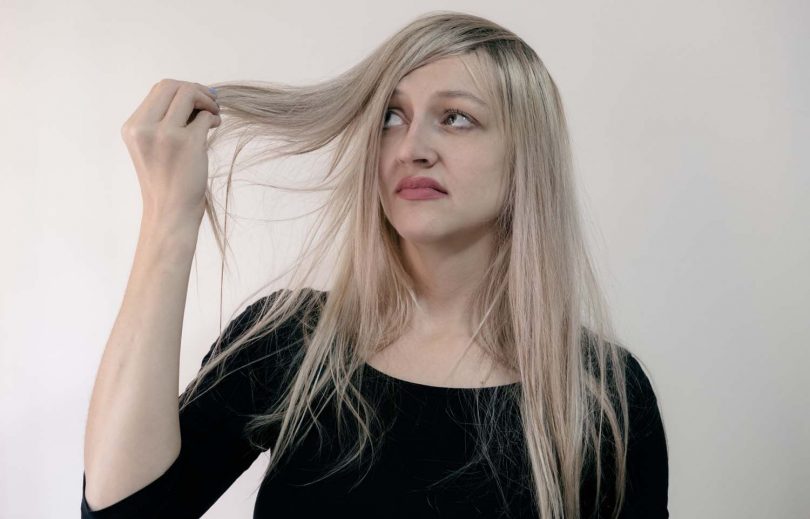by Hair Health & Vitality Clinic
The scalp is the skin on top of the head, excluding the face, where hair grows in both male and female.
Our skin is a mirror of our internal environment. Reactions of the skin to abnormal conditions will be determined by the basic anatomy and physiology of the skin. Any change in internal conditions is likely to reflect a change in the tone, elasticity, and flexibility of the skin.
The factors that govern the colour of the skin are:
- The dilation or construction of the capillaries that regulates the amount of blood flow
- The amount of oxygen bound to the haemoglobin, the more oxygen there is in the blood the brighter red the colour.
- When the amount of haemoglobin in the blood is decreased, anaemia sets in and the skin becomes paler.
A simple rule of thumb is that that when all the scalp is affected by a problem, suspect a systemic problem that reaches the scalp via the circulation of blood e.g. anaemia, hormonal imbalances etc. Whereas when a problem is patchy, and external causes have been ruled out, the autonomic nervous system is involved.
At the skin’s normal pH of 5.5, the skin has antibacterial and antifungal properties.
Internal changes can lead to increases in the production of sweat or sebum which in turn can lead to skin infections.
For example:
Nervous tension can increase the production of sebum. When stressed the body produces the hormone cortisol, this triggers the production of another hormone which is thought to stimulate sebum production from the sebaceous glands around hair follicles leading to excess oiliness which can lead to itching, scratching followed by an infection.
Oiliness caused by excessive androgens e.g. from some oral contraceptives, hyperthyroidism and zinc deficiency, can all aggravate scalp conditions.
Peri-follicular inflammation is often present with genetic hair loss in men and women and a healthy scalp is important to reduce this inflammation.
Alopecia areata (an autoimmune disorder) where patchy baldness can develop can be aided with anti-histamines. Scalp flaking is a cosmetic or excessive oiliness problem that can affect both sexes between the ages of 18 to 50. It is caused by the yeast Malassezia normally on the scalp along with scalp redness around the hairline and increased itching.
Example of external effect:
During the winter the dry heat in our homes can cause a loss of moisture from the scalp which can lead to flaking and irritation.
A way to avoid hair and scalp disorders:
Frequent shampooing using a prescribed or professionally recommended pH shampoo and conditioner suited to your scalp and hair type helps to keep the hair’s natural pH of 5.5 and we can guide you on this.
It is very important to schedule a Scalp health check to avoid any long-term scalp conditions. Scalp conditions are thoroughly examined by a qualified Trichologist at our Hair Health & Vitality Clinic. An agreed treatment plan is carried out consisting of a scalp assessment, diagnosis, and prescribed treatment or a maintenance programme, at our discreet private clinic.
We thank you in advance for taking the time to read the article and we welcome any concerns you may have.




